Wladimir Lyra
Associate Professor
New Mexico State University
Department of Astronomy
PO Box 30001, MSC 4500 Las Cruces, NM 88003
wlyra - nospam - nmsu.edu
+1 575-646-1400

Menu:
Group
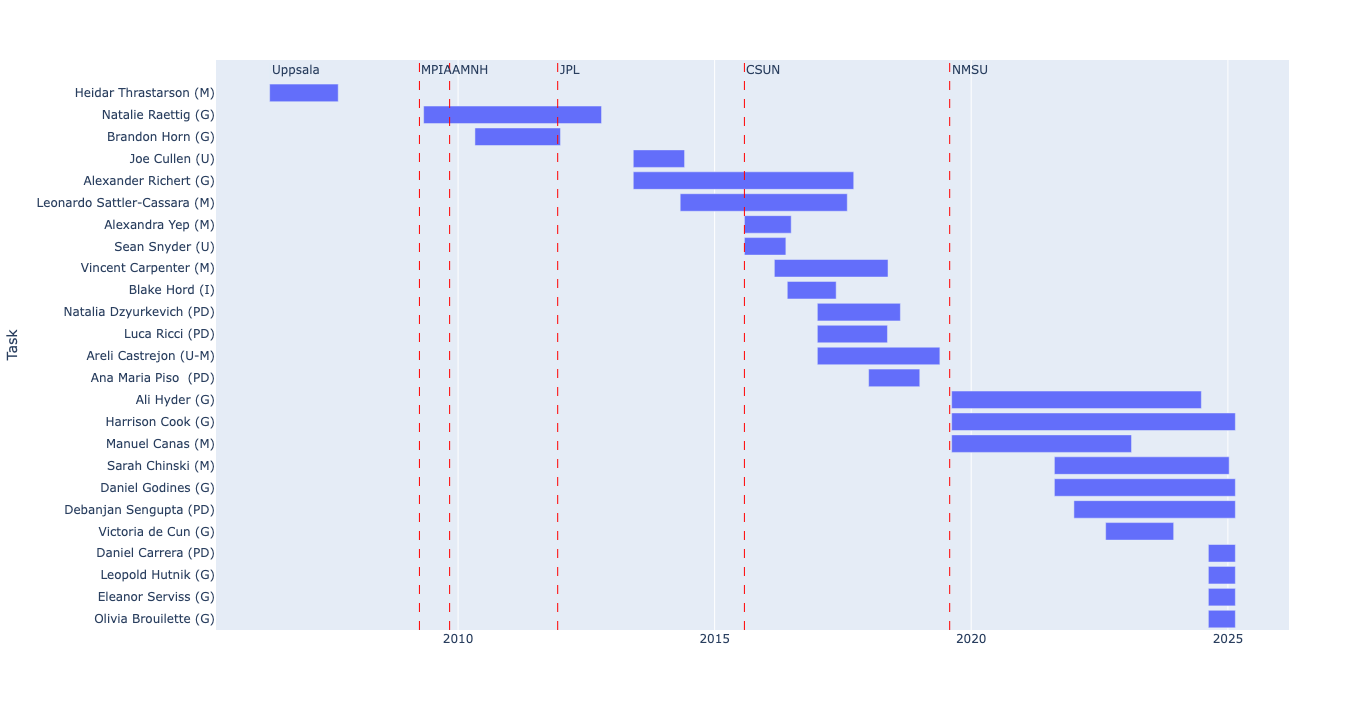
Mentoring Gantt chart. Up: the group in Feb 2023.
Research Staff / Postdoctoral Researchers
 |
Debanjan Sengupta Debanjan joined the group in Spring 2022. His research revolves around the fundamental questions on the physical processes that governed the dynamics of the early solar system and the formation of planetesimals, a major bottleneck in the current planet formation theory. He uses analytical theory and large numerical simulations to study the astrophysical turbulence in a protoplanetary disk setup to constrain the formation mechanisms of these few 100 km objects. He also works on meteoritics to use the vast pool of meteoritic data as a support to his theoretical findings. |
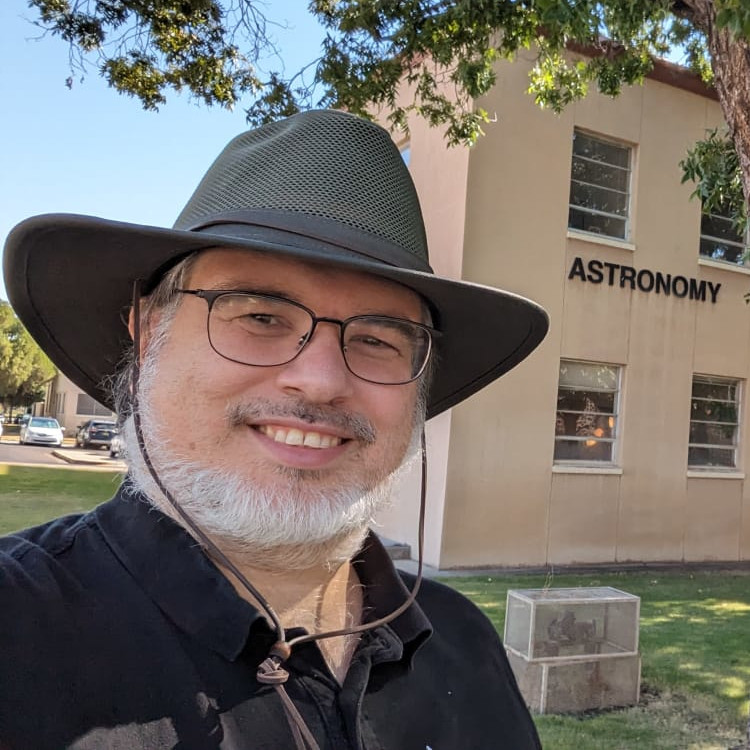 |
Daniel Carrera Daniel joined the group in Fall 2024. |
Graduate Students
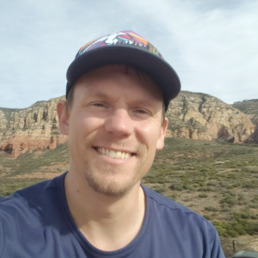 |
Harrison Cook Harry came to the group in fall 2019. He investigates the role Active galactic nuclei (AGN) may play in producing mergers between black holes and other compact objects after capturing them into its accretion disk. Interactions with the disk gas may produce electromagnetic counterparts to the mergers that must be distinguished from supernova light curves emitted during the deaths of massive stars also captured by the disk, or formed within it. To do so, Harry conducts simulations of supernovae in disks using the Athena magnetohydrodynamics code in order to first understand the trapped feedback on disk structure. Then, he post-processes with the Ocotillo multi-wavelength radiative transfer code to produce light curves. |
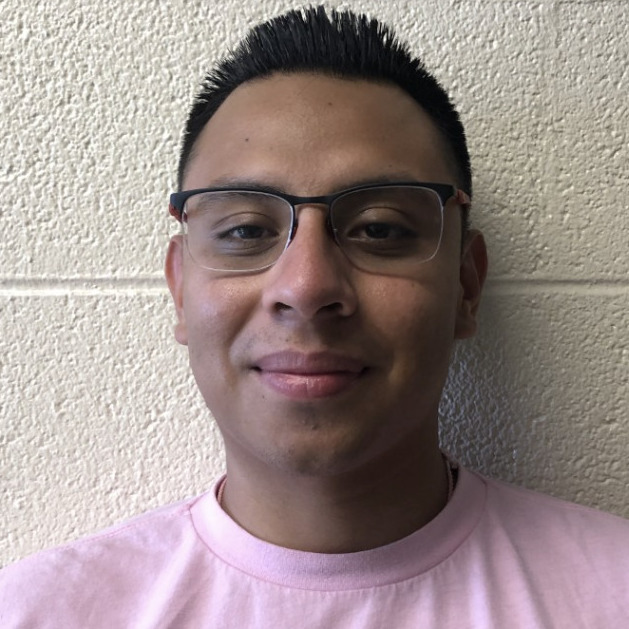 |
Daniel Godines Daniel joined the group in the fall of 2021. He utilizes the Pencil Code to analyze three-dimensional hydrodynamical models in the shearing-box approximation. In conjunction with radiative transfer post-processing, he is investigating whether optically thick regions can help reconcile the discrepancy between the observed mass in protoplanetary disks and the actual mass of formed planets; otherwise known as the missing-mass problem of planet formation. |
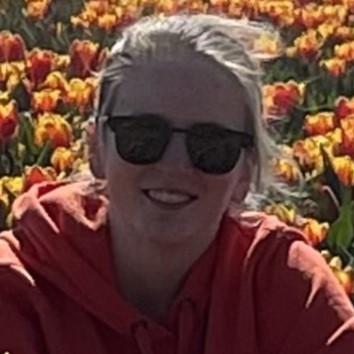 |
Olivia Brouillette Olivia joined the group in Fall 2024. She is working on planetesimal formation via streaming instability. |
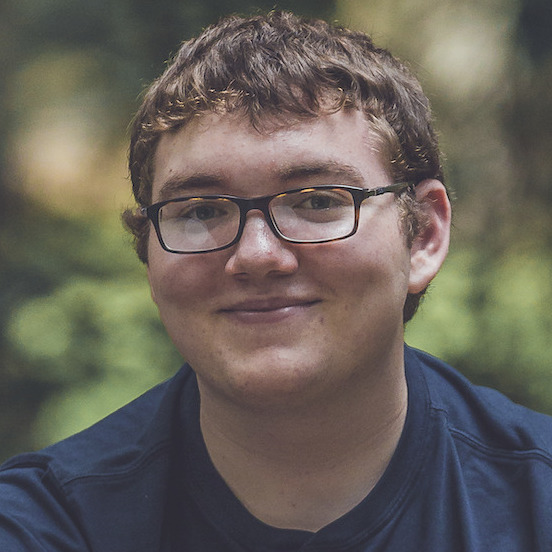 |
Leopold Hutnik Leopold joined the group in Fall 2024. He is working on what we can learn about planet formation when considering Kuiper belt objects, their formation and orbital placement. |
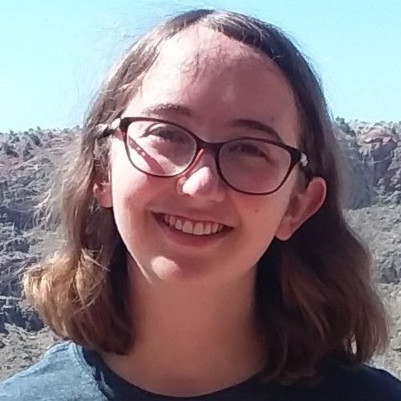 |
Eleanor Serviss Eleanor joined the group in Fall 2024. She is working on what we can learn about planet formation when considering the AB Aurigae system, where the first claim of a planet formed by gravitational instability has been made. |
Alumni (NMSU)
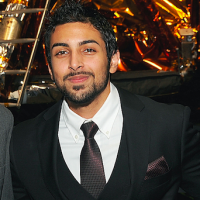 |
Ali Hyder Ali was in the group from Fall 2019 until finishing his PhD thesis in the summer of 2024. He studies computational and numerical astrophysics and thermochemistry with a focus on the dynamics and chemical transport in Jupiter's atmosphere. He's currently a NASA postdoctoral program (NPP) fellow at JPL. |
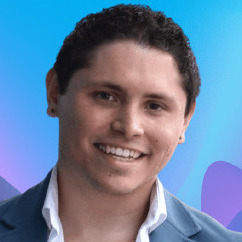 |
Manuel Cañas Manny was in the group from Fall 2019 to Spring 2023, and graduated with a thesis masters. His work on the origin of Kuiper belt objects with streaming instability and multi-species pebble accretion was published in 2023 and 2024. He's currently a full-stack developer at Booz Allen Hamilton. |